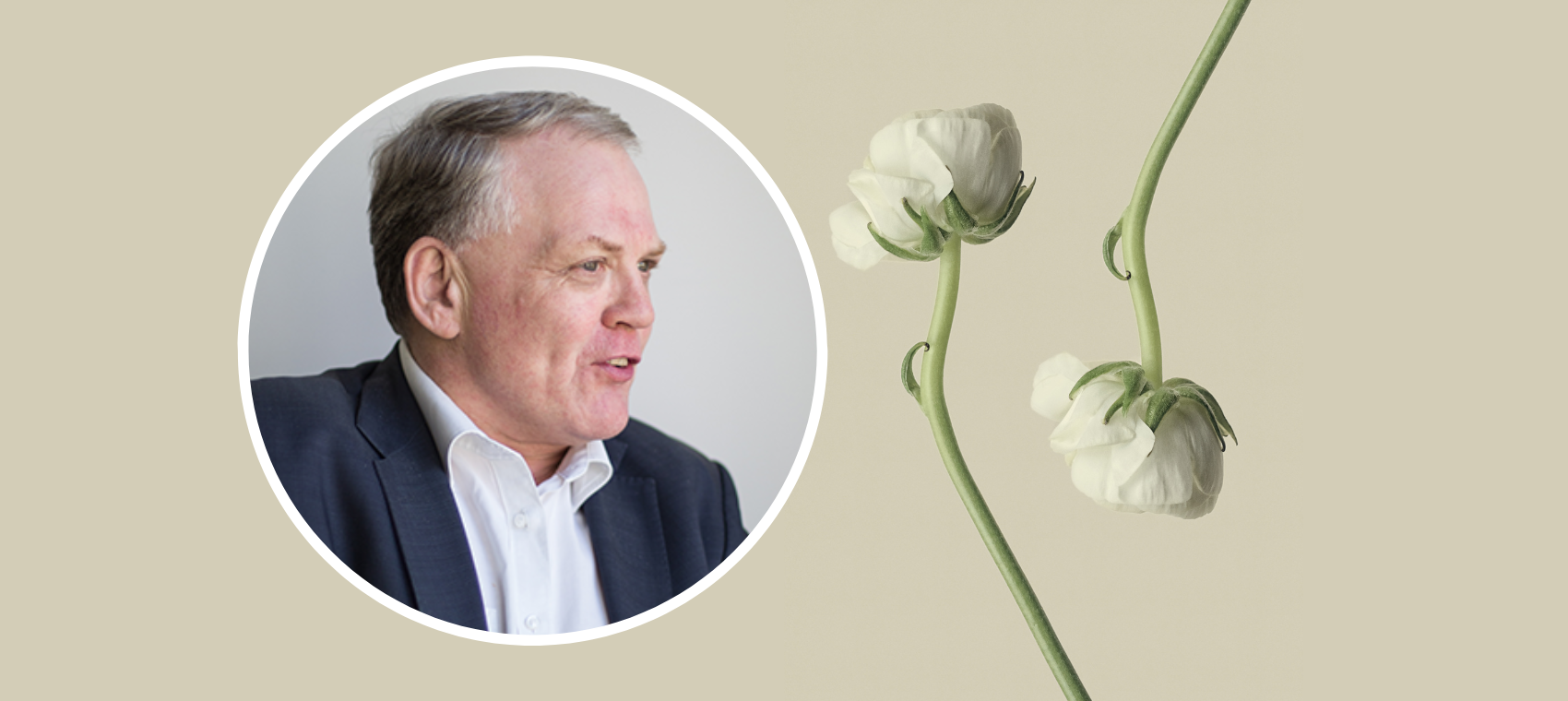How TU.no turned its business around, and found new audiences
This was the message from Svein-Erik Hole, editor of Norway’s TU.no, a tech brand that was first established as a journal in the 1800s.
Moving the print brand to a digital-first brand took courage, but you cannot be so fixated with “your old target group when you can attract others online.”
TU has a print circulation of around 280,000 per week and online unique user audience of around 300,000 per week, for a combined audience of over 400,000 per week.
Around 23 per cent of users come to the site directly via its home page, around 23 per cent via its newsletters, 23 per cent via Google, 17 per cent via social media and 9 per cent via content partners.
“The greatest strength of print media was its distribution. You get the paper delivered at your door and you have to look at it. Online you have to find users where they are, and often they are outside of your own domain.”
One of the consequences that article templates, rather than the home page, became the first source of user interaction with the brand. Re-applying their minds to the use of related articles, for example, on their article templates resulted in a five-time jump in traffic compared to before.
Jan Moberg, CEO and editor-in-chief, explained the overall journey from a print-driven brand in 2009 to today. Key lessons along the way included:
Technology and infrastructure
“Our infrastructure was lousy so we first had to clean up the mess. We had to rebuild everything, replace everything. [When you embark on the journey, make sure your infrastructure is fit for purpose:] Without that, no matter the ambition you can’t achieve success.”
Embrace change and turn a crisis into opportunity
“We should have done more early on, and we still need to do more. [And linked with this:] Never rest. In print, we knew that after downturns in advertising there will be surges again. It’s not like that anymore. We have been profitable for two years, but you cannot assume this year we’ll be again. You have to wake up every day and plan [afresh].”
Finance and cost control
“Our finances were outsourced but we had to get it under control. You have to control the numbers … it is incredibly important. We took the function back into the company to get that control.”
People
“You have to hire competent people with the right attitude … Attitude is perhaps the most important. With the right competence and attitude, one person can change an organisation. We have a lot of people like that, and you need it across the business.” In addition, you have to get everyone, company owners on board to be successful with your vision.
Brand
“You have to remain true to your brand and genetics…we realised that our brand TU has a lot to do with job ads. We have been the job channel in the tech segment for decades. But just because we lost it in print, it does not mean we cannot build on those brand genetics. And now that we’ve done that, we can build it beyond that.”
Content
Last but not least, “content is core” to the turnaround.
Story by Cobus Heyl.
More like this
Read an earlier interview with Jan and Svein-Erik about TU.no’s turnaround.









